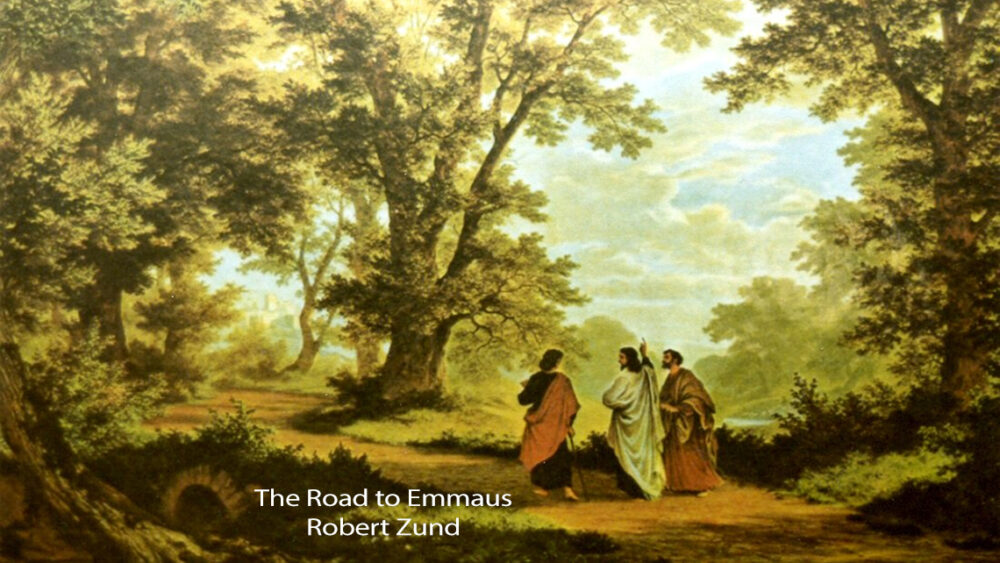A popular belief is that Elizabeth Griscom, a Philadelphia flag maker who was also known as Betsy Ross, sewed the first “official” flag in June 1776. The legend goes that George Washington, Robert Morris, and George Ross came to Betsy Ross’s house to discuss the design of a national flag. The original design had six-sided stars representing the thirteen colonies on a field of blue with red and white stripes. She suggested a five-pointed star. The three men, amazed at how quickly she could cut the five-pointed stars, assigned her with the task of sewing the flag.
This belief originated with William J. Canby, Ross’ grandson. He presented this idea to the Historical Society of Pennsylvania in 1870 and stated that his aunt Clarissa Sydney Wilson, one of Ross’s daughters, told him the story in 1857. Ross had died twenty years prior. Today, there is no conclusive evidence supporting or denying this claim.

On June 14, 1777, the Second Continental Congress passed the first Flag Resolution. This resolution officially adopted the “Stars and Stripes” as the national flag and states:
Resolved That the Flag of the united states be 13 stripes alternate red and white, that the Union be 13 stars white in a blue field representing a new constellation.
June 14th is celebrated as Flag Day because of this resolution. Since the resolution did not specify the arrangements of the stars, flags exist with a variety of “constellations.” The “Betsy Ross” flag arranges the stars in a circular pattern.
Francis Hopkinson, signer of the Declaration of Independence from New Jersey, claims that he designed the “Stars and Stripes” that was designated as the national flag. The above resolution was adopted from the Marine Committee, who had been using these guidelines for flags since July 4, 1776. Francis Hopkinson was chairman of the Navy Board’s Middle Department which was under the Marine Committee at the time that these guidelines were established in 1776. On May 25, 1780, he requested a quarter cask of wine in payment for his help in designing the national flag and aiding in designing the Great Seal for the United States. After his letter went unanswered, he asked for £2,700. The Auditor General, James Milligan, and the Chamber of Accounts, investigated his claim and noted that Hopkinson was not the only person on the Navy Committee or the three Great Seal committees, so he should not singularly be called out and compensated for his work. There are no surviving illustrations of his design, but the flag most likely has 13 red and white stripes, and 13 six-pointed stars in a field of blue.
Also check out this cool timeline of how our flag appeared over history and get yourself educated on how to properly fly the flag if you don’t know already. Happy Flag Day!
